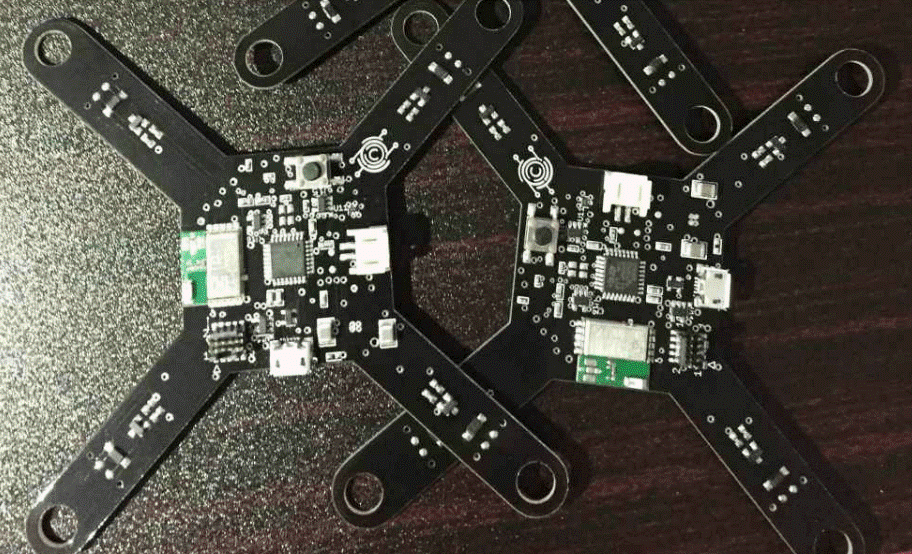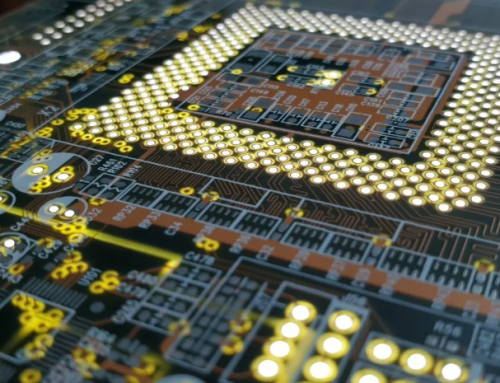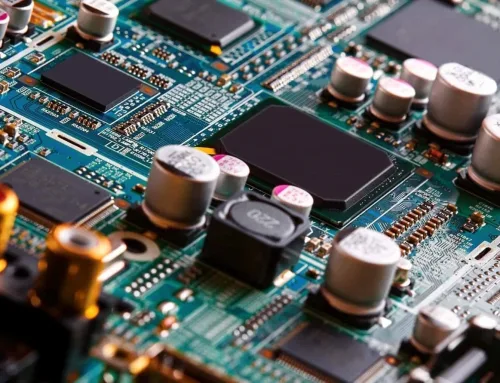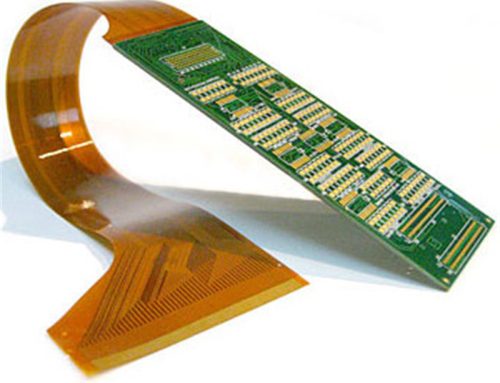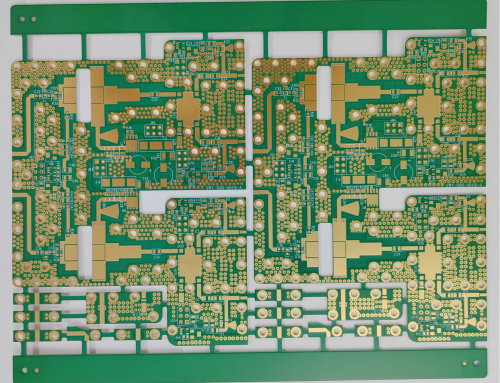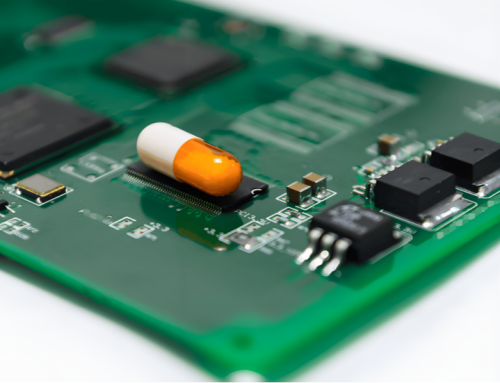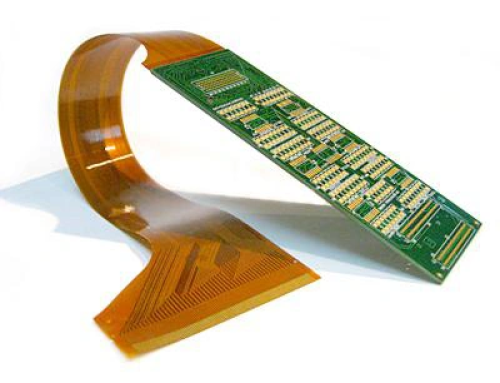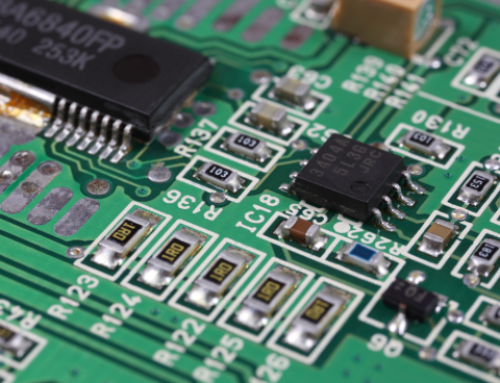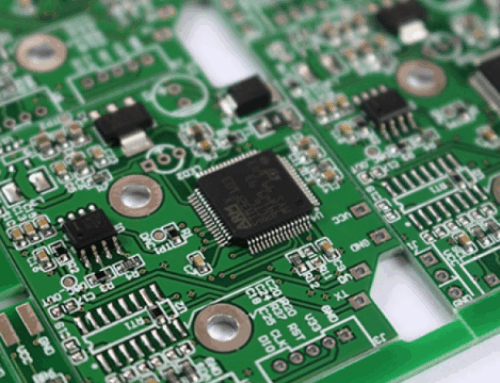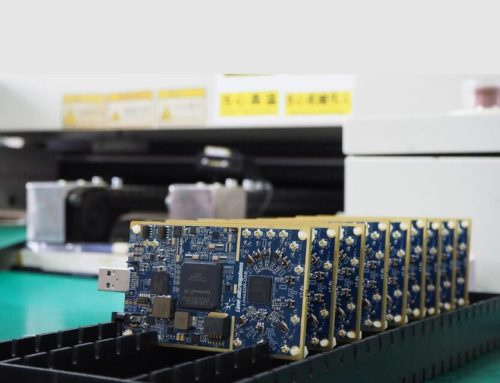Printed Circuit Assembly Design for Drone
Table of Conent
Table of Conent
The Drone PCB, a type of printed circuit board that is used in drone technology, is the brain. A flat, insulating sheet with conductive paths connecting electronic components. FR-4 laminates are flexible and durable, reinforced with glass fibers. Rogers laminates are ideal for applications requiring high performance and signal integrity.
Key Considerations
To ensure maximum performance, quality, and functionality, circuit board assembly design for drones requires many considerations. Keep in mind the following key factors, paying special attention to battery life and weight:
1. Power Management
Power management is essential for drone components to function properly. Important Considerations include Voltage Regulators, to maintain a consistent level of power, use voltage regulators; Power Distribution, develop efficient ways to distribute power evenly;Battery Management, implement an effective system for monitoring and managing battery health and usage; Choose high-efficiency components to reduce battery loss and prolong the life of batteries.
2. Signal Integrity
The integrity of the signal is essential for reliable communication between drone components. Important Considerations include, alignment wiring, using differential pair and controlled impedance wire; Ground plane, to minimize noise, use a sturdy ground plane; Shielding, protect sensitive components against interference.
3. Thermal Management
Thermal management is essential to ensure component durability and prevent overheating. Heat sinks can reduce the heat generated by important components. Thermal vias can be used to improve heat dissipation on the PCB. Place the component in an area with good ventilation. Lightweight materials, select lightweight materials that provide good thermal performance.
4. Weight Optimization and Battery Life
The Battery Management System (BMS), is a system for managing and protecting drone batteries. Considerations include Reduce PCB assembly in order to reduce weight; Minimize component size and weight.
5. Component Placement
The placement of components in the design is crucial to maximizing performance and manufacturing. Key considerations include Connector proximity, to minimize alignment length, place components as close as possible to connectors; Balance, spread the weight evenly over the PCB for drone stability; Separate components for heat generation to avoid localized heating.
6. Routing Technology
The efficient routing of electrical cables ensures reliability and optimal performance. Important Considerations include Shortest Path, send signals along the shortest route to minimize resistance and Inductance; Vias minimization, reduce vias in order to maintain signal integrity; Crossover Avoidance, avoid crossing the route to reduce the risk of interference and crosstalk.
7. Environmental Durability
The PCBs used in aircraft must be able to withstand all the environmental conditions that are encountered. Key considerations include: Using materials or coatings that are resistant to moisture; Temperature Tolerance, choosing materials and components that can tolerate temperature changes; and Vibration resistance, making sure components are mounted securely to resist vibration.
8. Standards Compliance
Compliance with standards and regulations in the industry is essential to ensure safety and compatibility. Key considerations include: Standards, conforming to regulations for UAS and electronic equipment; EMC compliance, making sure that the equipment is compatible with each other to avoid interference; Safety Standards, implementing safety features to protect both the drone and the surrounding environment.
9. Testing and Validation
It is important to thoroughly test and validate the assembled PCB before it can be used. Key considerations include: Testing prototypes and identifying problems early; Functional Testing, testing each function to ensure reliability; Environmental Testing, testing the assembled PCB in different environments to determine its durability.
10. Advanced Design Techniques
Using advanced design techniques to enhance the performance of the drone. Important Considerations include: Use multi-layer circuit boards for complex designs; High-Speed Design, techniques for high-speed signaling; Flexible PCBs are ideal for designs that need to be adaptable and compact.
Key Components of the Drone Printed Circuit Assembly
1. Microcontroller Unit (MCU)
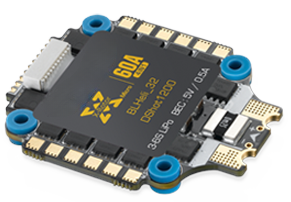
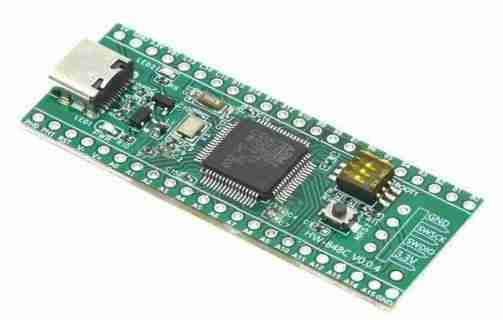
The microcontroller unit (MCU) is the main processing module for the drone. It is responsible for managing, coordinating, and controlling the subsystems in order to ensure the smooth operation of the drone. It takes in inputs from sensors, and user commands and then makes decisions in real-time to control the drone’s behavior.
• Function: Central Processing and Control
• Popular models: STM32 series , ATmega series
• Features: Low-power consumption, high processing speed, compatibility with real-time operating systems.
2. Electronic Speed Controller (ESC)
The drone’s motors are controlled by electronic speed controllers. They control the speed, direction, and braking. The MCU sends throttle signals to them, and they adjust power output accordingly.
• Function: Motor Speed Control
• Key Components: MOSFET, Microcontroller, Capacitor
• Features: Thermal protection, high frequency switching, programmable setting, efficient power management
• Type: BLHeli (brushless motor software);XRotor Micro 60A Electronic Speed Controller
3. Inertial Measurement Unit
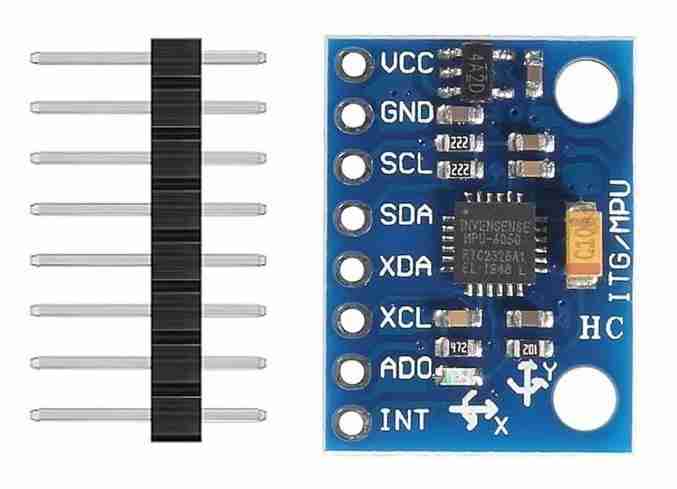
Inertial measurement units are among magnetometers, accelerometers, and gyroscopes. It helps the drone receive its position, speed, and acceleration.
• Function: Orientation and Motion Sensing.
• Components include: gyroscope, magnetometer and accelerometer.
• Features: High accuracy, low noise and fast response.
• Applications: Flight stabilization, navigation and control algorithms.
4. Battery Management System (BMS)
The Battery Management System is a management and protection system for drone batteries. It ensures safe charging, discharge, and monitoring of their health.
• Function: Battery monitoring, protection, and monitoring
• Components include: microcontroller, voltage sensor, current sensors, protection circuitry
• Features: Overcharge/overdischarge protection, temperature monitoring, battery balancing, state of charge (SOC) estimation
• Benefits: Improves safety and battery status, extends battery life.
5. Power Distribution Board (PDB)
The Power Distribution Board’s job is to distribute power from the drone battery to the drone’s different components. This ensures that they receive the correct voltage and current.
• Function: Power Distribution
• Features: Voltage Monitoring and Overcurrent Protection, Integrated printed circuit assemblylayout, Simplicity
• Considerations: Current Capacity, Layout Design, Thermal Management.
• Components: Copper wires, voltage regulators, connectors
6. There Are Two Types of Flight Control Systems
Two types of drone flight controllers include FC&ESC and All-in-1 (AIO) boards. However, they are not identical. Here is a detailed description of their differences and applications.
• All-in One (AIO), Motherboard
AIO boards combine the Electronic Speed Controller and Flight Controller into a single unit. A few AIO boards integrate additional components, such as a radio receiver and video transmitter. Its benefits include a compact design, ideal for small drones, where weight and space are important. Compact design helps to reduce the overall footprint; Wiring is simplified, with all components on a single board, and the wiring process is made easier and cleaner.
The Disadvantages of All-in One (AIO), Motherboards include: Thermal management, due to the tight integration of AIO boards, they have poor heat dissipation which can cause thermal issues; Ruggedness, AIO boards with smaller component sizes can be less rugged than those made up of individual components; Repairability, in the event that a board component (e.g. ESC) may require the replacement of the entire board, which is more expensive.
• FC&ESC Stack
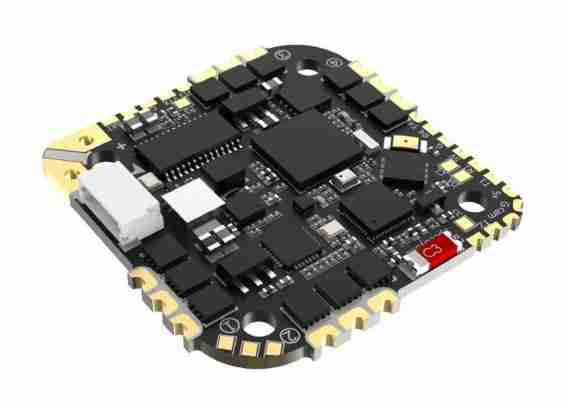
Integration: In FC&ESC Stacks, the Flight Controller and ESC are on separate boards. They are stacked together into a compact modular form. These stacks may also include extra boards to accommodate features like VTX. Its Benefits include: Modularity, in the event of a component failure, you only need to replace the part and not the entire unit. This is more cost-effective in the long term; Better heat dissipation, separate boards enable better heat management, and larger components can be used. This results in a robust setup; Flexible, you can stack components to meet your needs.
Its disadvantages include: Size, stacks are larger than AIO boards. This can be an issue for small constructions. Stacks are more complicated to install and maintain, even though they simplify certain aspects of wiring.
7. Use Cases
• AIO boards: The best for micro drones or very compact constructions, where weight and space saving are the priority.
• FC&ESC Stacks: Ideal for large structures, racing drones, and situations where performance and durability are important.

FAQs
1. What are the main components of a drone PCB?
The main components of a drone PCB assembly include the flight control board, power distribution boards (ESCs), GPS modules, sensors, and communication modules.
2. Why is printed circuit selection important for drones
The material selection will affect the weight, durability, and thermal management of your drone. These y.
3. How can I ensure that my drone PCB assembly mare all critical factors to its performance and longeviteets international standards?
Adhere to ISO 9001 standards and FAA regulations. Get the certifications that you need by testing thoroughly.
4. What are some of the most common software tools used to design drone PCB assembly and how do they differ?
Altium Designer, Eagle, and KiCad are popular tools. The tools are able to simulate and design printed circuit assembly layouts.
5. How can I improve thermal management on my drone PCB assembly?
Consider using materials that have good thermal conductivity. Thermal pads or heat sinks can be added to the system.
Conclusion
In order to design a drone circuit board, it is important to balance power management, thermal management, and weight optimization. For optimal performance, it is essential to integrate key components like the MCU and ESC. Safety and reliability can be ensured by adhering to industry standards. Drone printed circuit assemblies can be produced that are both high-performance and meet all regulations by following industry standards.
Latest Blog
Contact Info
Phone: +86-755-82882936
Email: [email protected]
WhatsApp: +86-13570802455
Wechat: +86-13570802455
Address: 2nd floor,D Bldg.,Electric Link Technology Bldg.,Gongming,Guangming New Dist.,518106 Shenzhen, China

